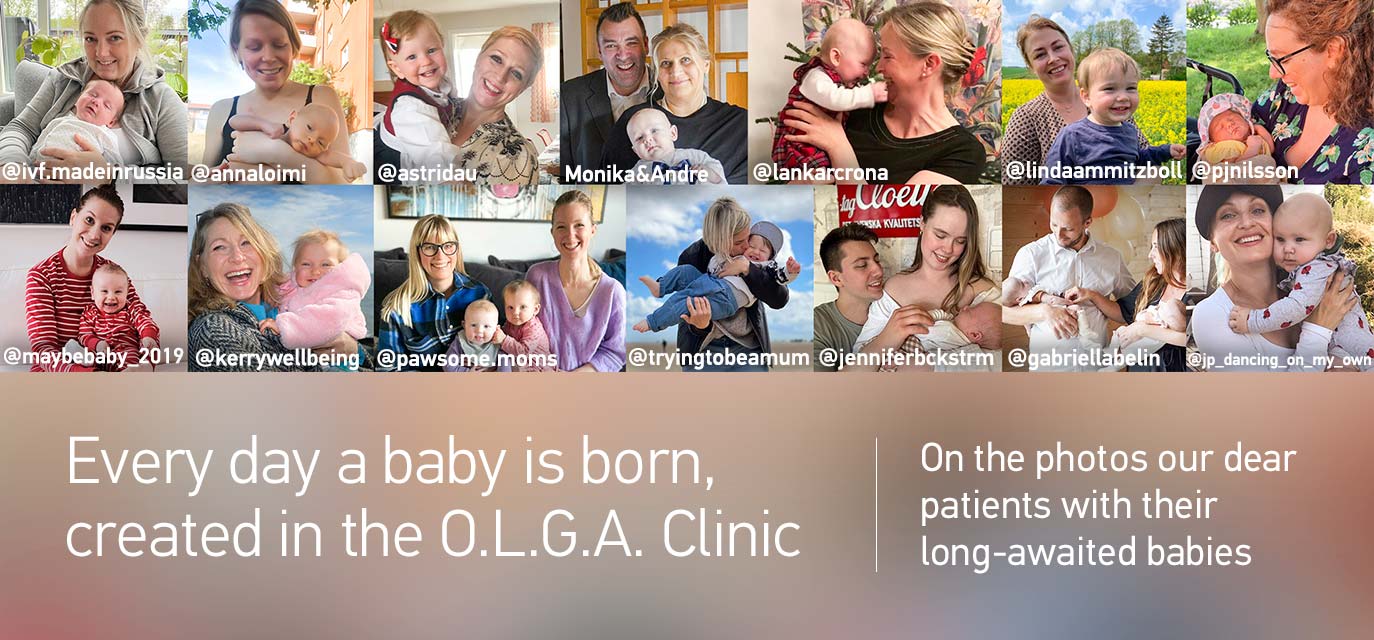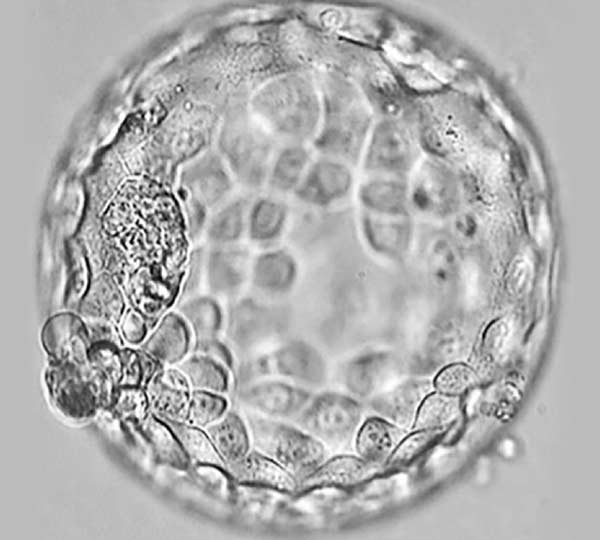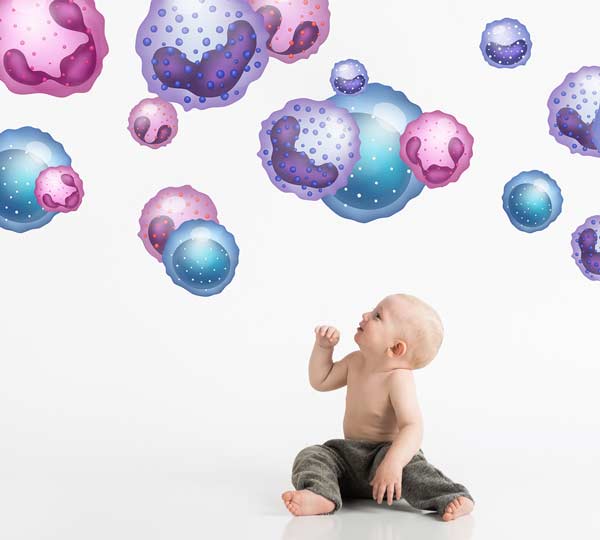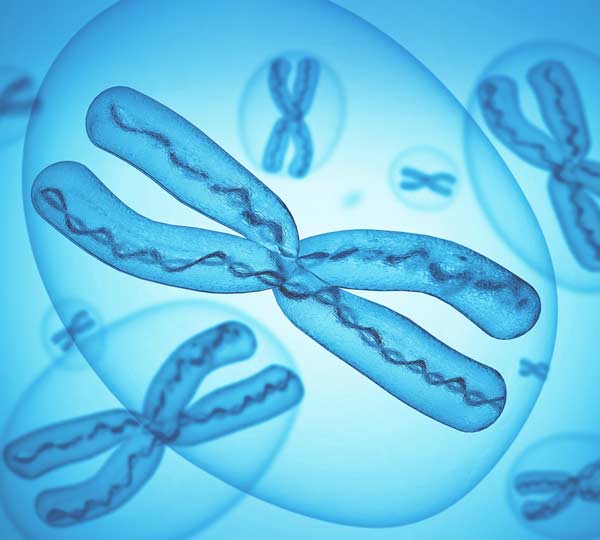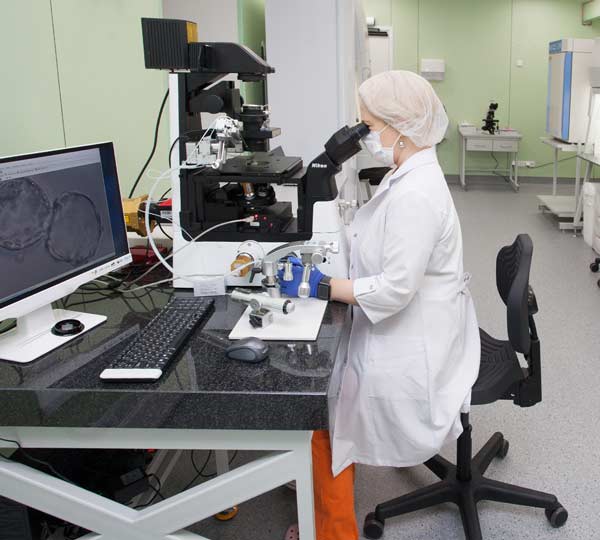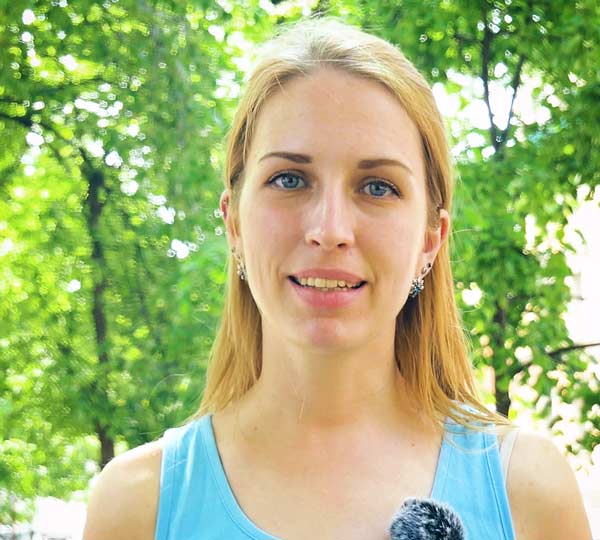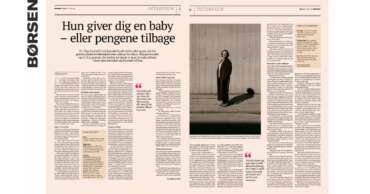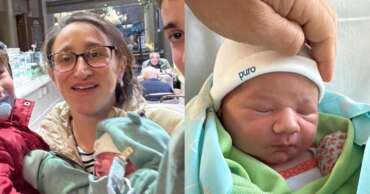Vitrification of embryos
If during IVF or ICSI procedure more embryos were obtained than are going to be transferred into the uterus, these embryos, if of good quality, can be frozen. These frozen embryos are the property of the couple alone and can be used for the next attempt or a next pregnancy. They may be required if you have not got pregnant in the fresh try or if you have got pregnant and want a brother or sister for your first child several years later. The benefit of cryopreservation is that a woman has an additional chance to conceive without new stimulation procedure and follicular puncture. She only needs to prepare for the embryo transfer with tablets. This process starts in the first 3 days of menstruation, lasts for two weeks and requires 1-2 US examinations.
Embryo cryopreservation is the process of preserving an embryo at sub-zero temperatures, generally at an embryogenesis stage corresponding to pre-implantation.
The first delivery in the World after frozen embryo transfer took place in 1984. Since then and up to 2008 it is estimated that between 350,000 and half a million IVF babies have been born from frozen embryos. Pregnancies have been reported even from embryos stored for 16 years [1]. Numeral studies, dedicated to the possible increased birth abnormalities in children born from frozen embryos showed no risk elevation in birth abnormalities after frozen embryo transfer [2]. The duration of storage doesn’t have any significant effect on clinical pregnancy, miscarriage, implantation, or live birth rate, whether from IVF or oocyte donation cycles [3].
Vitrification now is considered the most effective method of embryo cryopreservation and performed mostly in all IVF clinics all other the world. But the research continues in this area and human embryo freezing and thawing protocols have improved tremendously over the past 25 year.
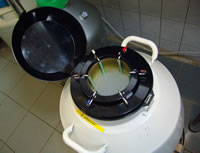
O.L.G.A. Fertility Clinic owns one of the biggest embryo cryobanks in RF, which we use to store donor embryos and embryos of our patients. We have been using embryo vitrification since 2009 with a help of Kuwayama method and Cryotop systems. Cryopreservation is performed on day 5 or day 6 of embryogenesis.
O.L.G.A. Fertility Clinic Comparative results of Vitrification and Slow Freezing on day 5:
Average survival rate of embryos | Vitrification Day 5 | Vitrification Day 6 | Slow freezing |
77% | 78,5% | 62% | |
Implantation rate | 30% | - | - |
Clinical pregnancy rate | 43% | 47% | 26% |
Pregnancy loss rate | 21% | 13% | 26% |
The results of O.L.G.A. Fertility Clinic work are consistent with the conclusions set out in a number of European researches, showing that the higher pregnancy rate commonly observed when using vitrification.
Cryopreservation of surplus embryos is a biological "support" for the couple since it is not always clear whether the next possible stimulation and fertilization attempt will be successful. Embryo cryopreservation increases the couple's chances to conceive. Embryo cryopreservation is fairly economical since preservation, unfreezing and embryo transfer costs are much lower compared to the cost of a new IVF attempt.
The cryopreservation is a reliable and trusted approach. It has no negative impact on the fetus and pregnancy. Embryo cryopreservation makes the treatment milder and more economical.
1. Planer NEWS and Press Releases 'Twins' born 16 years apart. 01/06/2006
2. "Genetics & IVF Institute". Givf.com. Archived from the original on 2009-07-27. Retrieved 2009-07-27.
3. Riggs R, Mayer J, Dowling-Lacey D, Chi TF, Jones E, Oehninger S (November 2008). "Does storage time influence postthaw survival and pregnancy outcome? An analysis of 11,768 cryopreserved human embryos". Fertil. Steril. 93 (1): 109–15.


